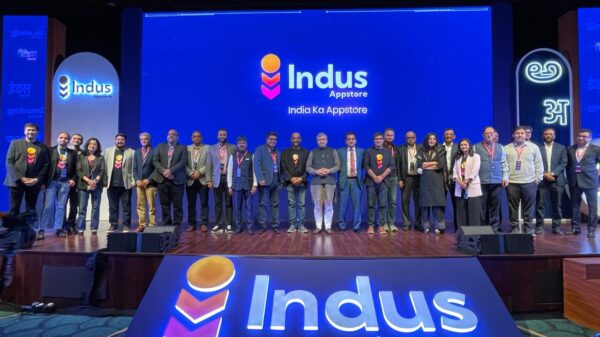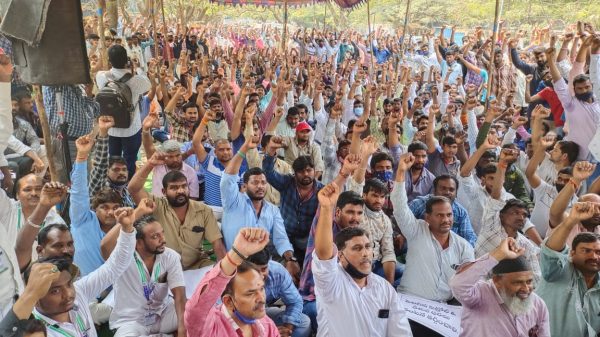Chapter 2 of IMF's Fiscal monitor for April 2018 is about Digital Government. The document describes various efforts at digital governance across the world and makes observations about the opportunities and risks presented by them and discusses "how digitalization can change the way governments design and implement current policies, including by improving tax policy and administration, increasing spending efficiency and enhancing fiscal management". About Aadhaar, the IMF recognizes that it is the biggest implementation of biometrics in the world. "Biometric technology to identify and authenticate individuals can help reduce leakages and improve coverage of social programs. With more than 1.2 billion registered citizens in India’s biometric identification system, Aadhaar, the country stands out as a leader in this area." the report says. It makes note of the process of digitalization undertaken by India "Digitalization helped reduce leakages in two ways. First, starting in 2013, beneficiaries’ Aadhaar numbers were linked to the LPG program to prevent claims of benefits for ghost beneficiaries or multiple claims of the same benefit. Second, the government eliminated the dual pricing system and made electronic transfers of the subsidy directly to the Aadhaar-linked bank account of beneficiaries, bypassing dealers. By improving identification and verification, these reforms have reduced leakages substantially, but estimates vary. Depending on assumptions and how the reduction in leakage is expressed—that is, the reduction in total transfers or wrongful payments— estimated savings from digitalization range between 0.2 and 21 percent of cash transfers and 11 to 24 percent of wrongful payments." The report also avoids a common pitfall in attributing all the LPG savings to Aadhaar in the section "Lessons from Country experience". "It is…




























